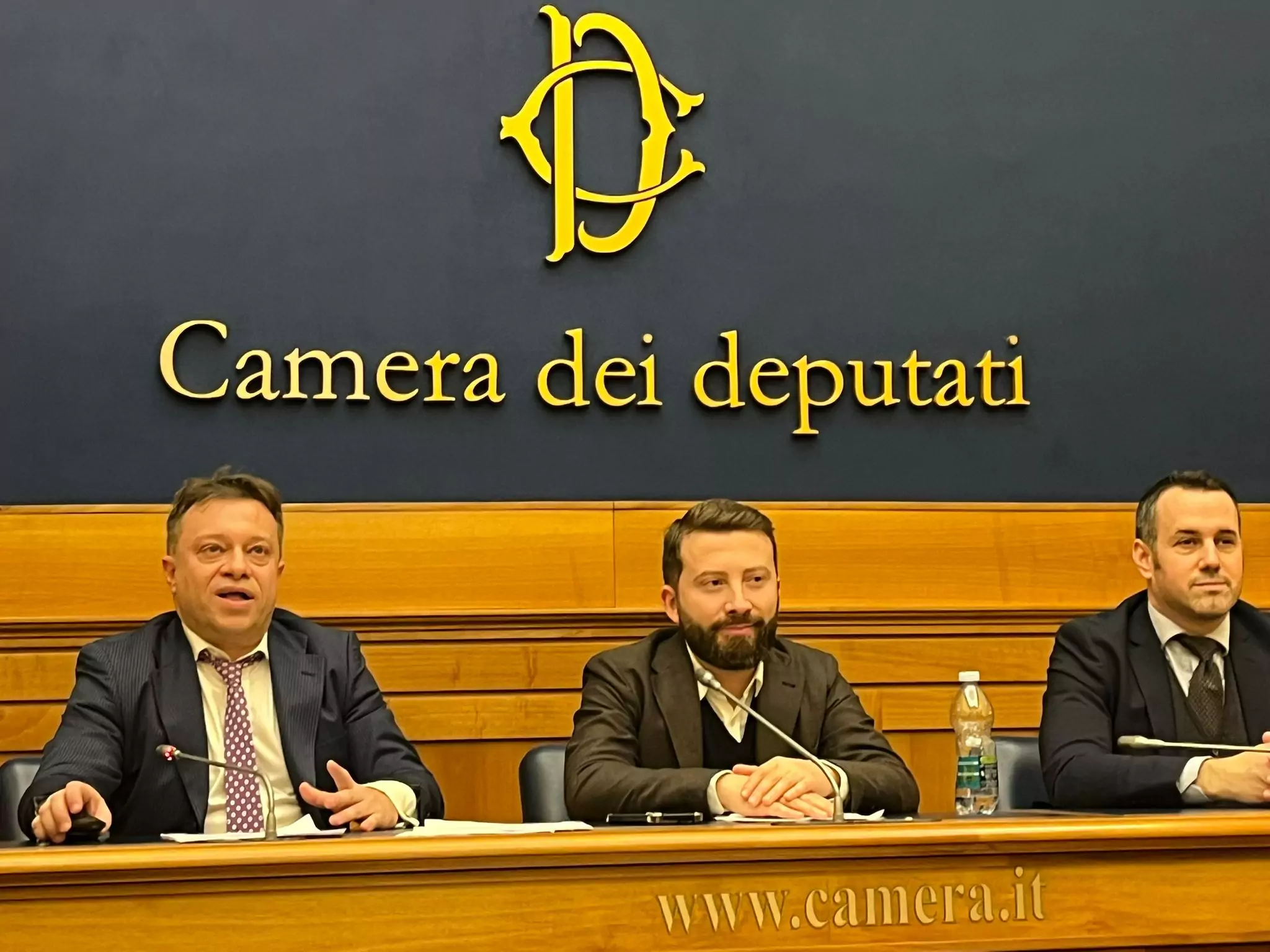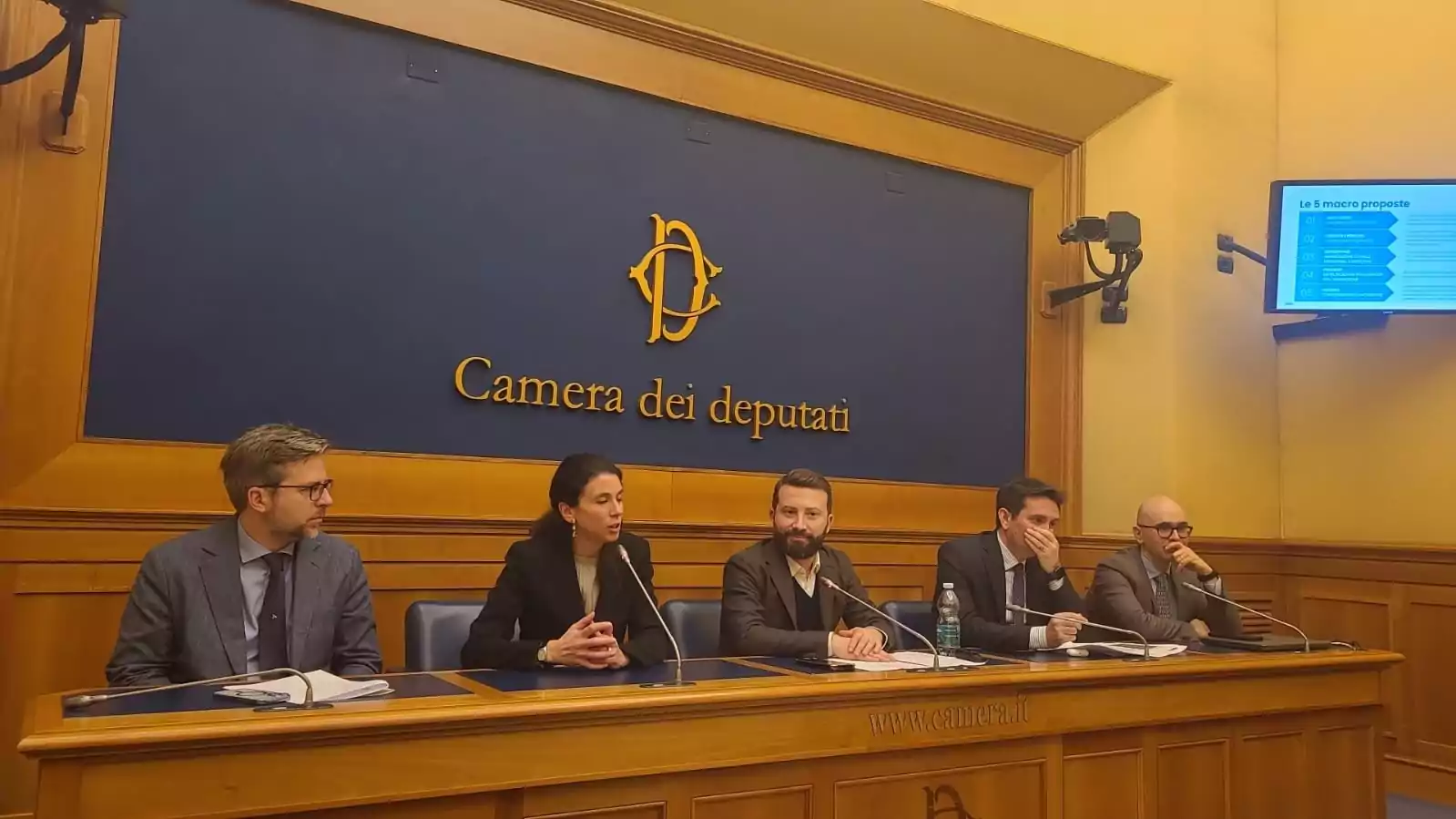Anyone who works or has worked in Italy with a start-up already knows what obstacles are encountered when such a company has as a client an investee company or the public administration itself: the bureaucratic problems, paperwork, processes, certifications and, for example, platforms that do not provide for and include the start-up model, nature and subject in their supplier registry.
The dichotomy between innovative companies and public administration is still a glaring narrative, despite the fact that some innovations in recent years have shown that the adoption of PA-related technologies, e.g. Spid, has been a satisfactory alternative.
Talking about govtech does not only mean digitisation of public administration, but consists of a more comprehensive approach: govtech in fact looks at the public sector as one of the key drivers for innovation. It is about designing innovation in public policy in an integrated way together with the private sector and with the participation of citizens.
Despite the fact that in the USA the first govtech fund dates back to 2014, started with $50m (early stage), and over $500m for Serie A, and that in recent years investors among the most important names in global VC are identifying govtech as an investment sector, in Italy private venture capital is small and considers the public sector as a very risky client in terms of investment due to uncertainty in timing and payments. It is unwilling to support that part of early-stage innovation without a back-up.
Yet according to World Bank assessments (2022), Italy is among the most mature countries in the govtech approach (performance 44% higher than the global average and 14% higher than that of the Euro-Asian bloc countries). The PNRR then provided a particular boost to raise its level: think of Turin, which was recognised as a world leader in innovation at the last web summit.
Today, at the Press Room of the Chamber of Deputies, Feel presented its research entitled ‘GovTech for Italy’. Among the results obtained through interviews with various players, the issues that are still common were presented:
- strong organisational and procedural challenges in PA (85%), although there is a high awareness of how pervasive, continuous and relevant innovation has become even in PA itself;
- criticality of skills (64%);
- Alignment with directives and changes in the technological requirements and available support of the various bodies: agid, transformation department, regions, thematic control or support bodies (25%)
- difficulties on the part of entities to work under agile experimentation (73%). E questo per diversi motivi: 1) the innovative procurement option is over-dimensioned in terms of commitment and administrative complexity, and therefore under-utilised by authorities, which resort to an approach based on sub-threshold pilot projects that hardly scale up the solutions (56%); 2) the trade-off between the risks involved in innovation and the need for immediate results (25%); 3) often govtech solutions, being innovative, operate in grey areas or imply a revision of the regulatory framework (13%).
This is why today Feel has followed up the narrative with proposals to improve Italian govtech and make the public sector more effective and attractive, such as:
- those related to governance, such as the aggregation of decision-making and management levels to foster the development of models based on aggregations of local authorities for the governance of digital transformation and the adoption of govtech technologies;
- procurement simplification for innovation to reduce barriers to entry by simplifying procedures and documentary requirements
- more innovative aspects, such as a regulatory sandbox at local level: it is necessary to define special territorial areas where the socio-technical validity of innovations can be tested and adaptations (of techniques and/or regulations) can be defined
- more skills for innovation: more managerial and specialised skills with revision of entry, compensation and growth mechanisms to increase the attractiveness of PA for professionals
With regard to growth and the market, Feel proposed the creation of a govtech fund and accelerator for innovative start-ups and SMEs. It will serve to support and develop a strategic supply chain for the country consisting of start-ups, innovative SMEs and corporate venture building by large technology companies.
All these initiatives were well received by the politicians present. For Giulia Pastorella (Action), these technologies within govtech, if they help to simplify life and access to PA, are fundamental ‘to maintain the trust of the citizen, when the relationship between PA and citizen is complex’.
On the other hand, Giulio Centemero (Lega) commented that ‘enhancing technology to improve public administration and citizen participation must be a priority for politics. It is a challenge in which Italy cannot afford to lag behind” and that “what is illustrated today in the proposals presented by Feel’s research must encourage institutions even more to invest in those innovative projects that can foster progress and efficient governance in the country”.
Alessandro Cattaneo (Forza Italia) emphasised the importance of govtech by offering a very topical overview: ‘we are now at a time when the tsunami of the new American administration is hitting the world, at a time when Musk says that with artificial intelligence he will displace all the employees of the American public administration, which seen from here already seems efficient and very lean compared to what it really looks like’. What Italy could do, according to Cattaneo, is ‘a leap forward with respect to everything that is digital innovation within governments’ and to do this we need to be ‘pragmatic’ and a ‘little gradual’: it could only be done if the private subsidises the public and therefore that the public outsources to the private. “This is still a very heartfelt and hot topic – just think of the many bandwagons that have sprung up in Italy with the investee companies. If the challenges of Italy, as a member state, are the same as those of Europe, and although today the economic impact from govtech – according to the World Economic Forum – is around 610 million dollars worldwide and “will become 1.4 trillion in ten years’ time” (Simone de Battisti, co-founder of Feel), it must be borne in mind that in this framework the sector fits well into the 28th regime project, where so far there have been different recipes (Draghi report and Letta report). Today, therefore, the real challenge of govtech is everyone’s, and it is that of “managing to create technologies that work in a regulatory continent such as Europe” (Lorenzo Basso, PD).

“Building a govtech ecosystem involves supporting strategic and innovative sectors of the country, attracting investment and directing it towards innovative companies that focus on developing technological solutions to the challenges of the public system. In this sense, the role of public procurement is also central, alongside dedicated capital to invest. Govtech is worth 12 billion euro in Italy in 2024 and may reach 50 by 2031′ (Andrea Landini, co-founder of Feel).
“The challenge for government leaders and policymakers is clear: to realise this potential, there must be a commitment to embrace innovation and overcome legacy barriers. Three levels of digital skills are needed to manage innovation and the digital transition: managerial, specialist and widespread. There are two levers: attracting new resources and capacity building. With an average age of civil servants of 50.7 years and a third of them retiring in the next 10 years, this is an urgent and important issue’ (Marcello Coppa, co-founder of Feel).
ALL RIGHTS RESERVED ©
